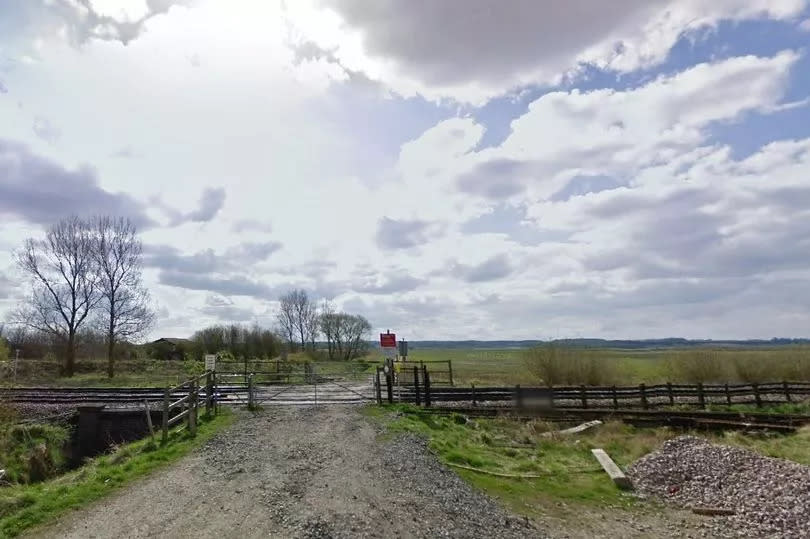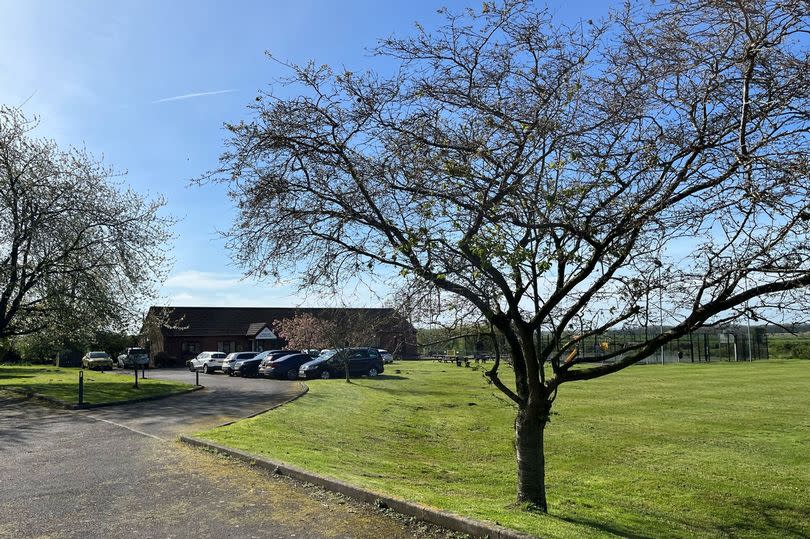Worlaby level crossing rights of way inquiry reaches conclusion as Network Rail and council remain at loggerheads

A six-day public inquiry into a North Lincolnshire level crossing's closure has concluded.
The pedestrian gates of the level crossing at Carr Lane, Worlaby, were closed by Network Rail in 2018. North Lincolnshire Council argues it should be a public right of way and has since made an order to that effect.
Planning inspector Mark Yates has chaired a public inquiry lasting six days and across two months to decide the dispute. The last session, held virtually, saw legal advocates for the council and Network Rail make their closing arguments. Network Rail also submitted a partial costs claim against the council.
Read more:
North Lincolnshire Council's crossing case has rested on historic documents, and public testimonies on its use. Particular focus has been on its use as access to the River Ancholme. The closure of the crossing cuts off access to Ancholme Valley Way, a council-promoted walk and cycleway being developed between South Ferriby and Brigg.
The final day began with a submission by local resident Brian Whitfield. "As a safety consultant with decades of experience, I believe Network Rail's safety assessment is inadequate," he argued. There was no comparative analysis of gates locked and unlocked, and he argued another crossing, Moor Lane, was less safe with reduced line of vision.
Mr Whitfield summarised the two parties' dispute over rights of way evidence: "When looking for proof of access, both parties use the same evidence, but where one says black, one says white."
To read the latest public notices in North Lincolnshire, click here.
Many documents, including maps, toll acts, and a court-made traffic order, were pored over during the inquiry. Network Rail's advocate Juan Lopez said the totality of evidence "comes nowhere close" to showing a public right of way before the railway. And Network Rail-presented evidence in the inquiry had made clear there was statutory incompatibility for one being established after the railway, on both safety and efficiency of railway operation grounds. Mr Lopez also defended against Mr Whitfield's safety point, arguing the assessment was robust.
Scores of residents put forward submissions about use of the crossing on the opening inquiry day, in mid-April. Residents' evidence goes back to around 1920. The railway was developed in the 1860s to 1870s. Mr Lopez argued there was a 100-year gap between regular public use of Carr Lane and the railway's existence.
Save for a 1935 reference to youths, there was no evidence of recreational use of the river, or riverbank. As for 19th and late 18th Century documents on possible public use of a riverside landing at Worlaby, he argued there was no direct evidence of public use. "In conclusion, the crossing was of private vehicle status and only that," he said.
The council's advocate Alan Evans argued the order route pre-exists the railway as a public route. User evidence did not show use before the railway.
"It does, however, indicate that Carr Lane in its entirely has long enjoyed the status of a public route in the local area." Documentary evidence showed the full extent of Carr Lane existed at least 30 years before the act to enable the railway in 1861.

"The Ancholme was a navigable waterway well before the railway," Mr Evans said. He accepted there was no direct evidence of a landing at Worlaby before 1876, when a traffic diversion order was made at Lincoln Quarter Sessions. "However, the traffic flows must have been in existence when the order was made, they have not suddenly come into existence then."
"Considering all the strands of evidence put together, the case for confirmation of the order is to be made on the balance of probabilities."
Planning inspector Mr Yates will now consider the case and eventually issue an appeal decision.

 Yahoo News
Yahoo News 
